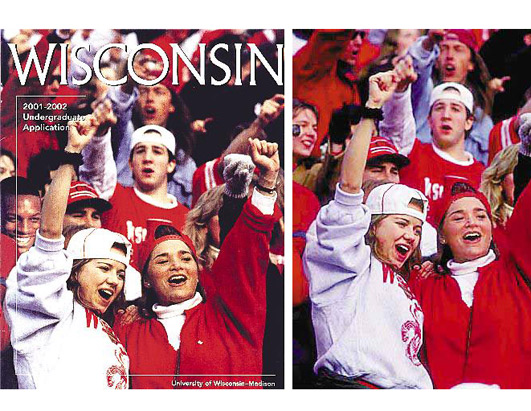
An acquaintance sent me this picture from an Italy Festival, and it was so grating on my critical sensibilities that I had to medi[blog]tate on it. I began by asking myself if this person is 1) of Italian heritage, 2) if so, genuinely feels they are celebrating their heritage, 3) knows they are commoditizing Italian culture down to stereotypical elements that make the culture dismissible, rather than celebrate a rich culture pre-dating Cicero and Quintilian?
This picture reminded me of the poster below that I've seen with "Mexico" super-imposed in the upper left-hand corner.

While the quasi-Chiquita banana woman has enough semiotic negative connotations attached to her through the exploitative business practices of banana conglomerates in Central and South America, what is disturbing from a purely spatial-visual perspective is how the dark 'other' is situated in a subservient position in the background, working as the lighter-skinned female beckons with the suggestive fruit which she bears. Like the woman with the spaghetti hat above, these symbols of culture work against complexities and nuances of cultures that theses images serve to cover over.







